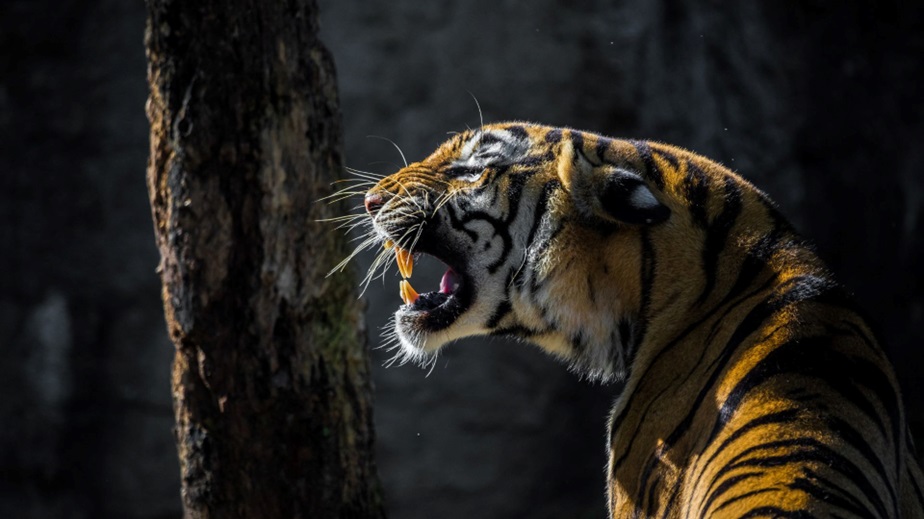Do you enjoy spending time outdoors surrounded by beautiful wildlife? Do you know what to do when encountering a wild animal while hiking or camping? It can be tricky to know how to behave around animals in the wild, especially if they are larger than you are. Well, make sure you know how to behave appropriately around wild animals! If you’re unfamiliar with the proper etiquette, you could be putting yourself and the animals in danger. We will share tips for how to behave around wild animals. Stay safe and enjoy nature!
1. Observe From a Distance
Wild animals tend to fear humans and try to avoid contact. When encountering wild animals, it is crucial to remain still and observe them from a distance. Do not approach or attempt to interact with the animal in any way, as this could put you and the animal at risk.
When you try to touch or pet wild animals, you may unintentionally cause them to become stressed or agitated.
2. Respect Their Space
When observing wild animals in their natural habitat, be aware that they have a right to their space and should be respected. Start by staying alert to the signs that animals may give you when they feel threatened – these could include a change in posture, vocalizations, or flicking their tail. Suppose an animal starts to show any of these signs; slowly back away. Avoid making sudden movements or loud noises, as this can startle them and cause them to become defensive. Take a wide berth around the animal and keep some distance between you and them.
3. Do Not Try to Feed the Animals
It may seem like a kind gesture to offer food to an animal you encounter in the wild, but it can be dangerous for you and the animal. Feeding wild animals teach them to rely on humans for survival and can lead to aggression when they don’t receive that reinforcement. It also encourages them to remain in one area, which can cause them to lose the instinct to migrate and damage their habitats.
Additionally, providing wild animals with food that is not a part of their natural diet can make them sick. Also, it’s important to remember that wild animals are still animals; they are unpredictable and dangerous despite their adorable appearance.
4. Remain Very Still If an Animal Is Close
When you come across a wild animal, it is essential not to make sudden movements. Sudden movements can startle the animal and put both of you in danger. Take slow, deep breaths and stay very still until the animal moves away. If the animal does not move away, slowly walk backward while continuing to look at the animal.
5. Use Binoculars To Observe Wildlife Instead of Getting Too Close
Binoculars and spotting scopes are great tools for observing wildlife from a safe distance. If you want an up-close look at an animal, it can be tempting to try and approach them, but this is extremely dangerous. Not only could the animal become scared and attack you, but you risk disturbing their natural habitat or provoking territorial behavior. Using binoculars or a spotting scope allows you to keep a safe distance while still enjoying the view of wildlife in their natural habitat.
As we immerse ourselves in nature and connect with the environment, it is important to remember that we are visitors in their home. With the guidance of a forest therapy guide and an awareness of wildlife behavior, they can ensure a safe and respectful experience for both us and the animals we encounter. By adopting a respectful and responsible approach, we can continue to enjoy the beauty and benefits of nature while minimizing our impact on the wildlife that calls it home.

